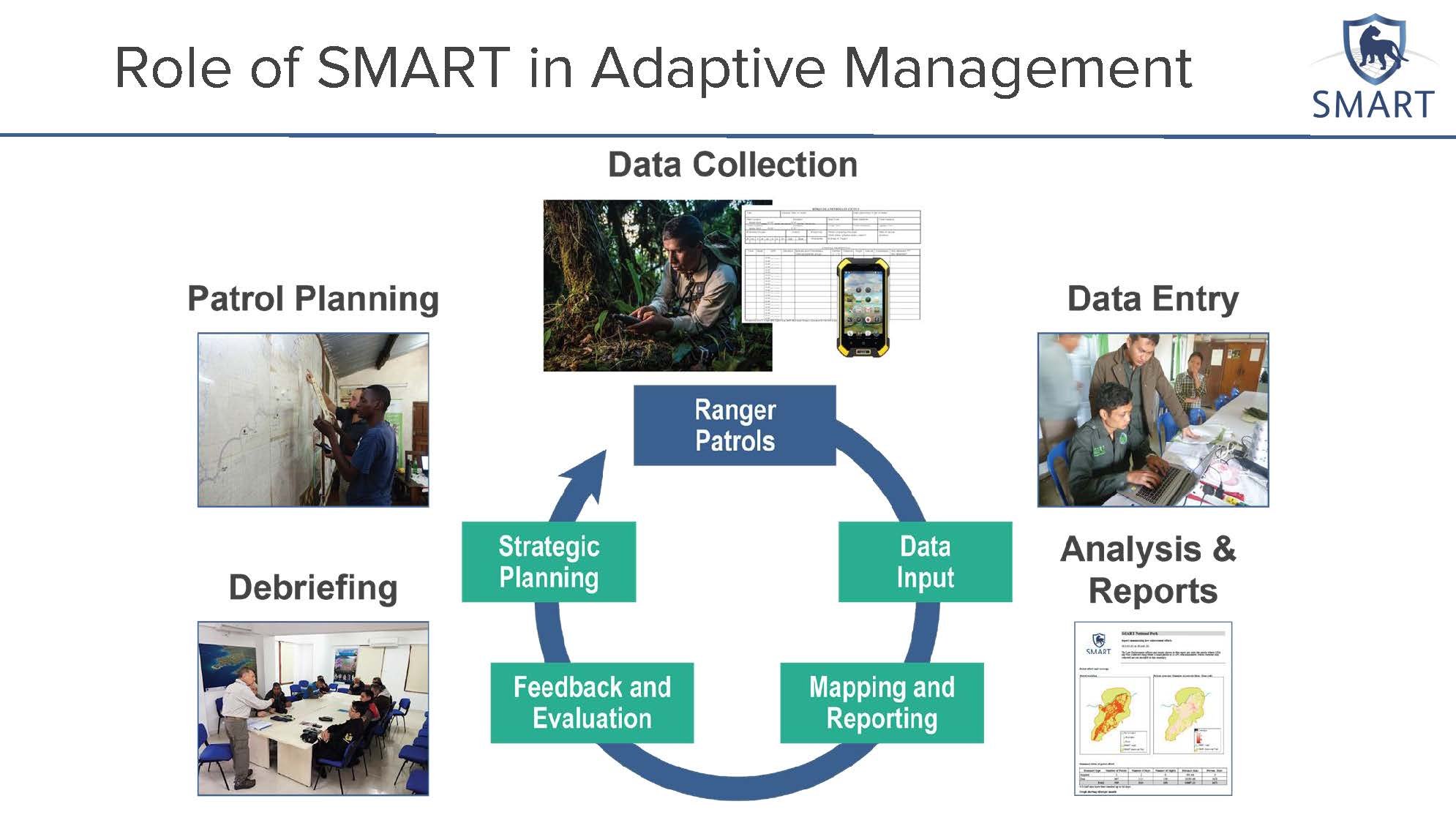 Protected areas are the cornerstone of biodiversity conservation. It is, however, alarming that only 24% of protected areas have sound management (Leverington F. et al, 2010). This is in the wake of a tremendous increase in the demand for wildlife products, as well as an increase in well-financed, organized and connected wildlife crime. There is therefore need to put the available limited resources to maximum use for best outcome.
Protected areas are the cornerstone of biodiversity conservation. It is, however, alarming that only 24% of protected areas have sound management (Leverington F. et al, 2010). This is in the wake of a tremendous increase in the demand for wildlife products, as well as an increase in well-financed, organized and connected wildlife crime. There is therefore need to put the available limited resources to maximum use for best outcome.
On November 15, 2018, as a part of its Washington DC speaker series, the Africa Biodiversity Collaborative Group (ABCG) featured Drew T. Cronin, the Program Manager for the SMART Partnership, who explained the use of the Spatial Monitoring and Reporting Tool (SMART) for adaptive management of wildlife law enforcement. The SMART approach covers three areas: software, capacity building and site-based protection standards. With a global need to improve protected areas management effectiveness, this approach ensures that the available resources are best deployed in order to give best returns.
The SMART approach employs the use of the SMART tool, which plays a major role in adaptive management including; data collection by ranger patrols, data entry, analysis and report, debriefing and strategic planning. Rangers use this tool to capture data on threats in close to real time and transmit the information to the HQ. This allows the HQ to deploy rangers in response hence mitigating the threat.
According to the presentation, SMART, now the leading tool globally for wildlife law enforcement and protected area monitoring, has been effectively used to improve conservation in various protected areas including; Dja Biosphere, Cameroon, in protecting great apes, the approach has contributed to an increase in patrol efforts by 86% of coverage in 2017. In Kenya, the cyber tracker interface uses icons to represent animals and threats in a SMART configured data model. This improves patrol reporting for all community rangers as well as motivating ranger teams to meet targets. This has resulted in 4 times increase in patrol coverage with a 74% decrease in poaching. In Cambodia’s community managed fishery, SMART helped identify illegal activity hotspots, which was key in reducing fishery infractions by 40% over 3 years. And, in the conservation of tigers in 100+ tiger sites globally.
SMART is an illustrative example of the wide-ranging adoption of an ABCG-supported tool. ABCG was instrumental in scaling adoption of SMART to Africa (SMART was originally developed and piloted in Asia) by developing a global network of trainers, enhancing capacity to implement this adaptive management approach, and expanding the user base for broad application.
As a result of ABCG’s work: 1) SMART has become a standard system for wildlife law enforcement for World Wildlife Fund-US and Wildife Conservation Society, and is used for all of their work in the Congo Basin; 2) The Jane Goodall Institute is using the SMART system to collect data in the Congo’s Tchimpounga Nature Reserve; 3) African Wildlife Foundation field staff in Kenya and Tanzania are providing training on the system, including for use by the Kenya Wildlife Service and for community game scouts in southern Kenya and in Tanzania; and 4) the Gabon and Uganda governments have been trained in the use of the system and have begun using it for law enforcement management.
ABCG’s promotion of the SMART system has enabled the technology to be deployed more rapidly and more widely by broadening knowledge and acceptance for its use within ABCG membership, and by building the capacity of African governments and NGOs.
Current SMART partner members include: Frankfurt Zoological Society, Global Wildlife Conservation, North Carolina Zoo, Panthera, Peace Parks Foundation, Wildlife Conservation Society, Wildlife Protection Solutions, World Wildlife Fund, and Zoological Society of London.
Event resource
Click here to watch the webinar recording:
Featured Speaker




 Kimberly Holbrook is Manager of External Affairs, Africa Region at
Kimberly Holbrook is Manager of External Affairs, Africa Region at 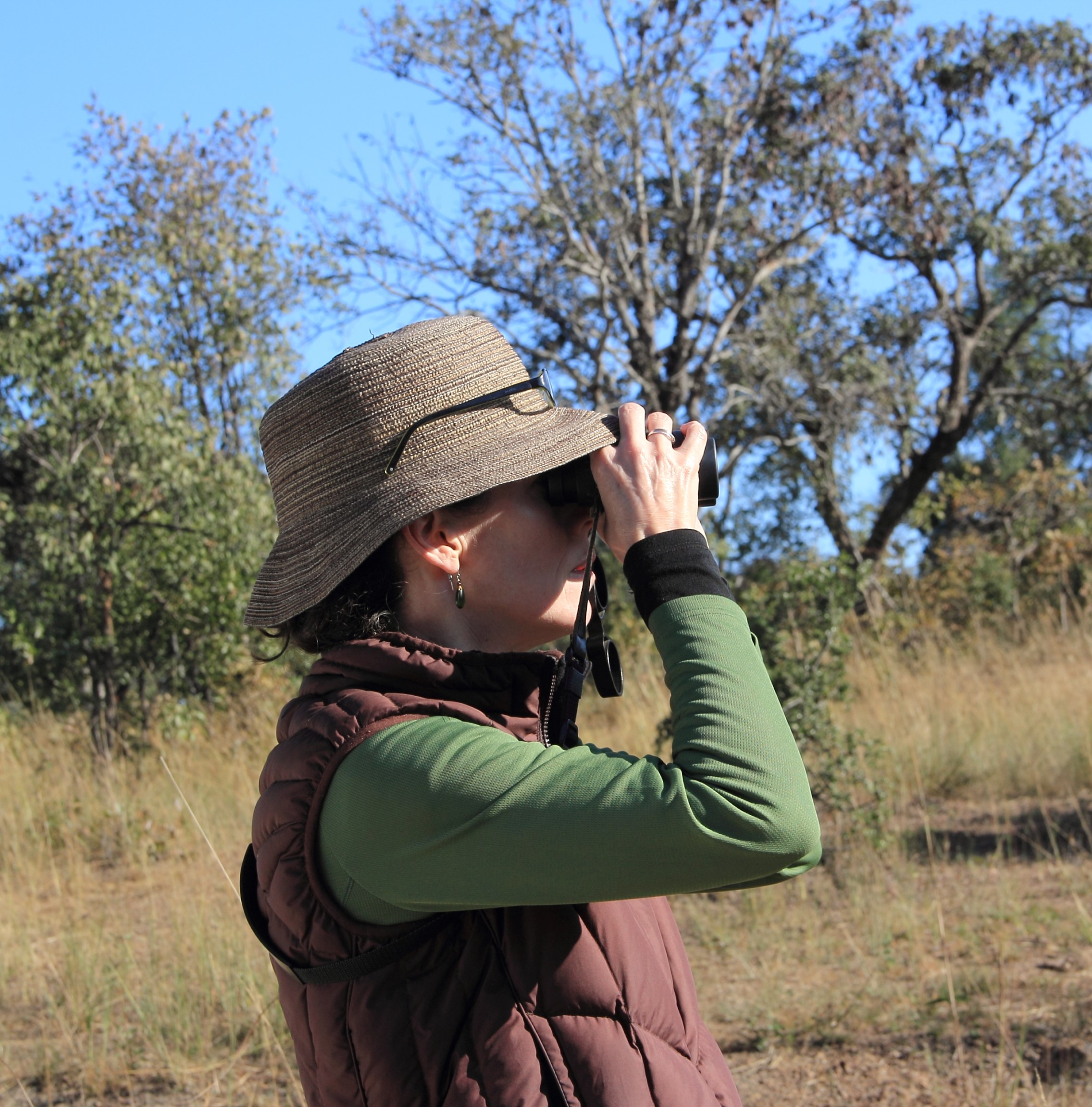 Would you say that ABCG is achieving its vision?
Would you say that ABCG is achieving its vision? 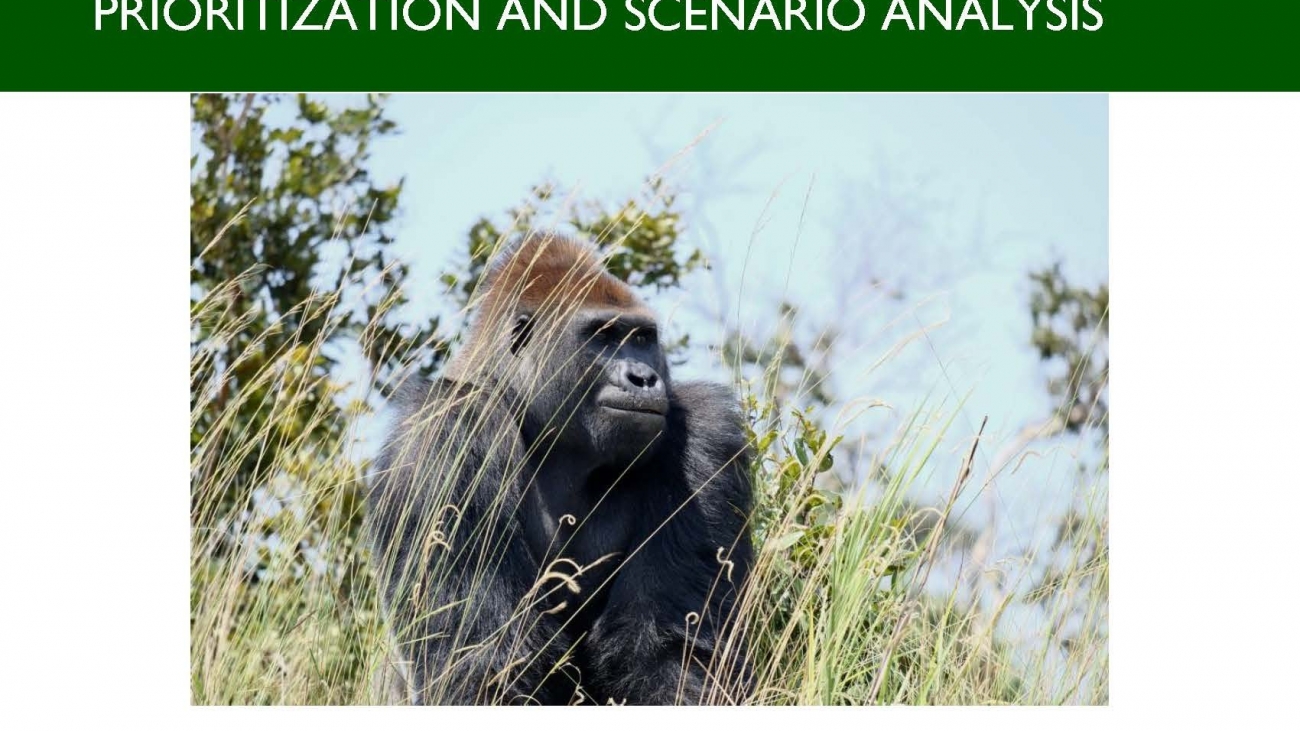
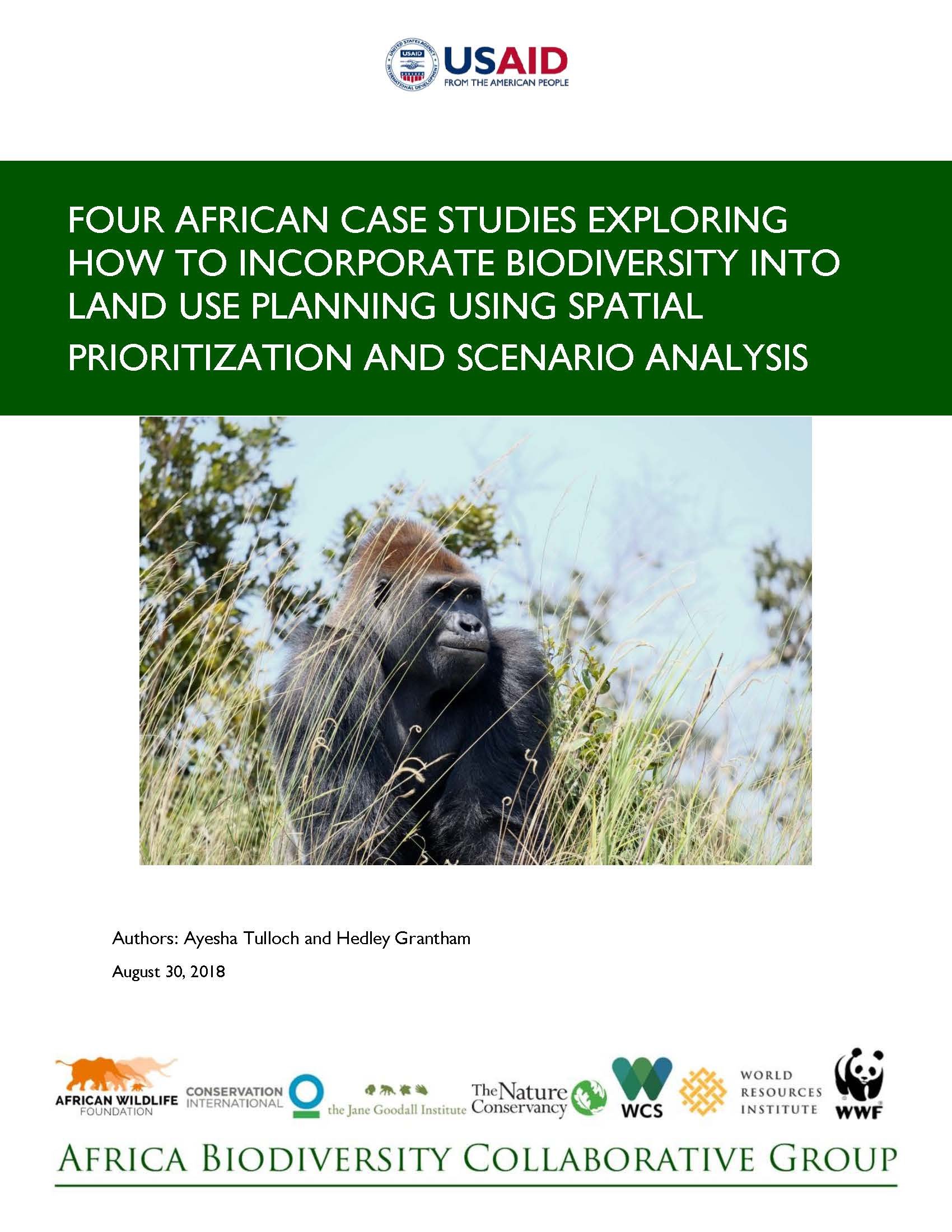 The ABCG
The ABCG 
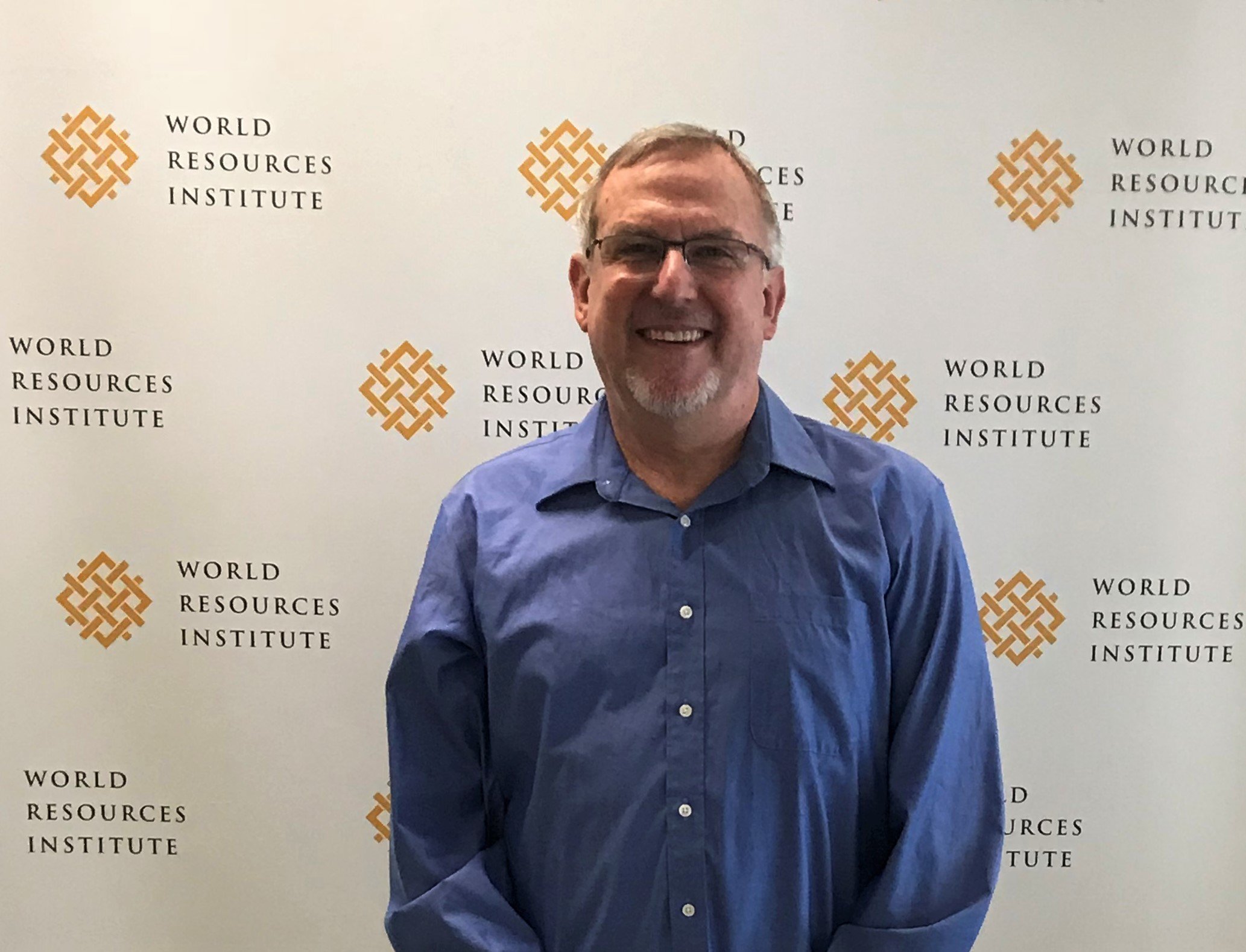

 Tanzania has been an African pioneer in community-based forest management since the passage of the landmark 1998 National Forest Policy and 2002 Forest Act. These measures enable local communities to legally establish their own Village Land Forests Reserves (VLFRs) where local communities have broad rights over forest management and governance, including control over harvesting forest products. Over the past twenty years, at least 2.5 million hectares of village land have been established as VLFRs, enabling communities to improve forest management, better control use, and manage trade in forest products.
Tanzania has been an African pioneer in community-based forest management since the passage of the landmark 1998 National Forest Policy and 2002 Forest Act. These measures enable local communities to legally establish their own Village Land Forests Reserves (VLFRs) where local communities have broad rights over forest management and governance, including control over harvesting forest products. Over the past twenty years, at least 2.5 million hectares of village land have been established as VLFRs, enabling communities to improve forest management, better control use, and manage trade in forest products.
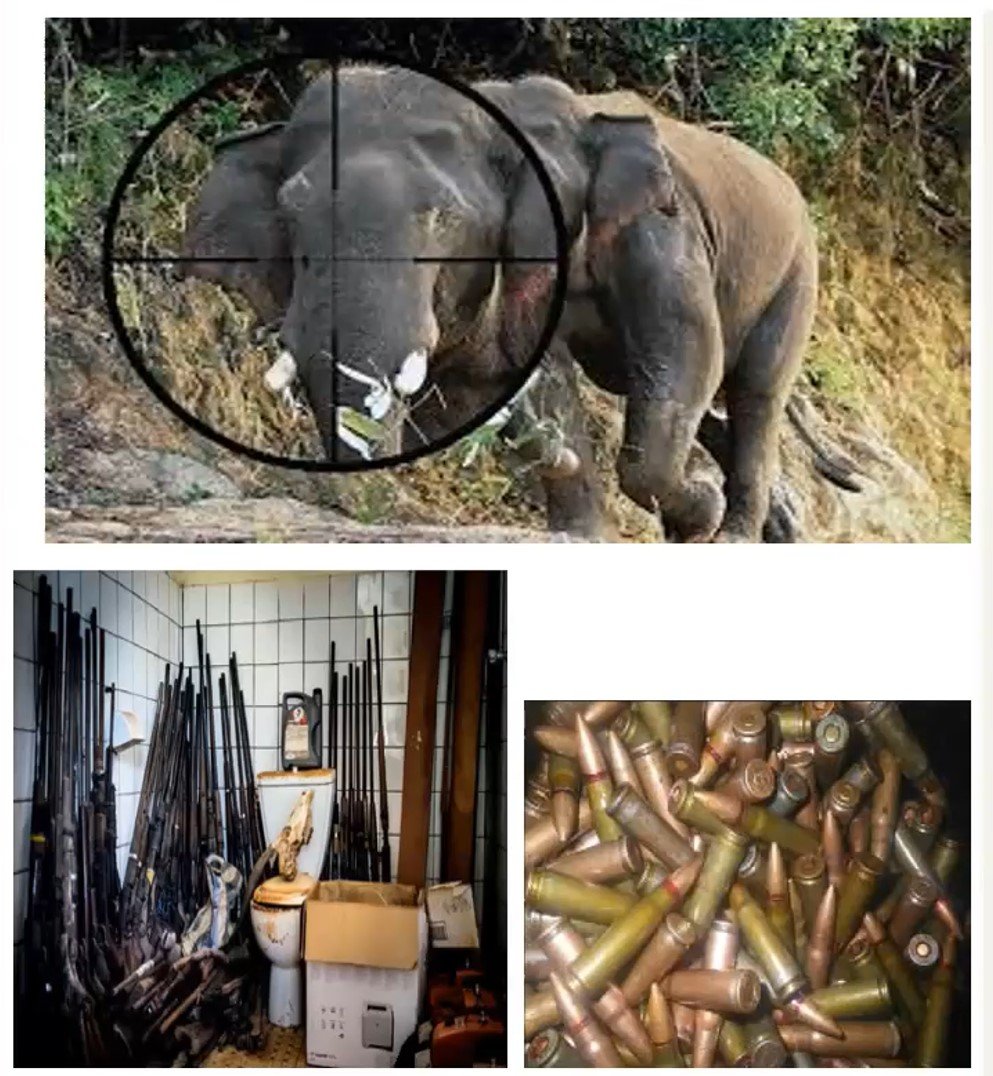 Illegal wildlife crime continues to pose serious threats to wildlife populations. It is organized wildlife crime that strengthens criminal networks, poses risks to peace and security, and threatens nature-based tourism and the communities which depend on it. It has contributed to the decline of many wildlife populations, and Central Africa has not been spared, the forest elephant is especially in danger.
Illegal wildlife crime continues to pose serious threats to wildlife populations. It is organized wildlife crime that strengthens criminal networks, poses risks to peace and security, and threatens nature-based tourism and the communities which depend on it. It has contributed to the decline of many wildlife populations, and Central Africa has not been spared, the forest elephant is especially in danger. 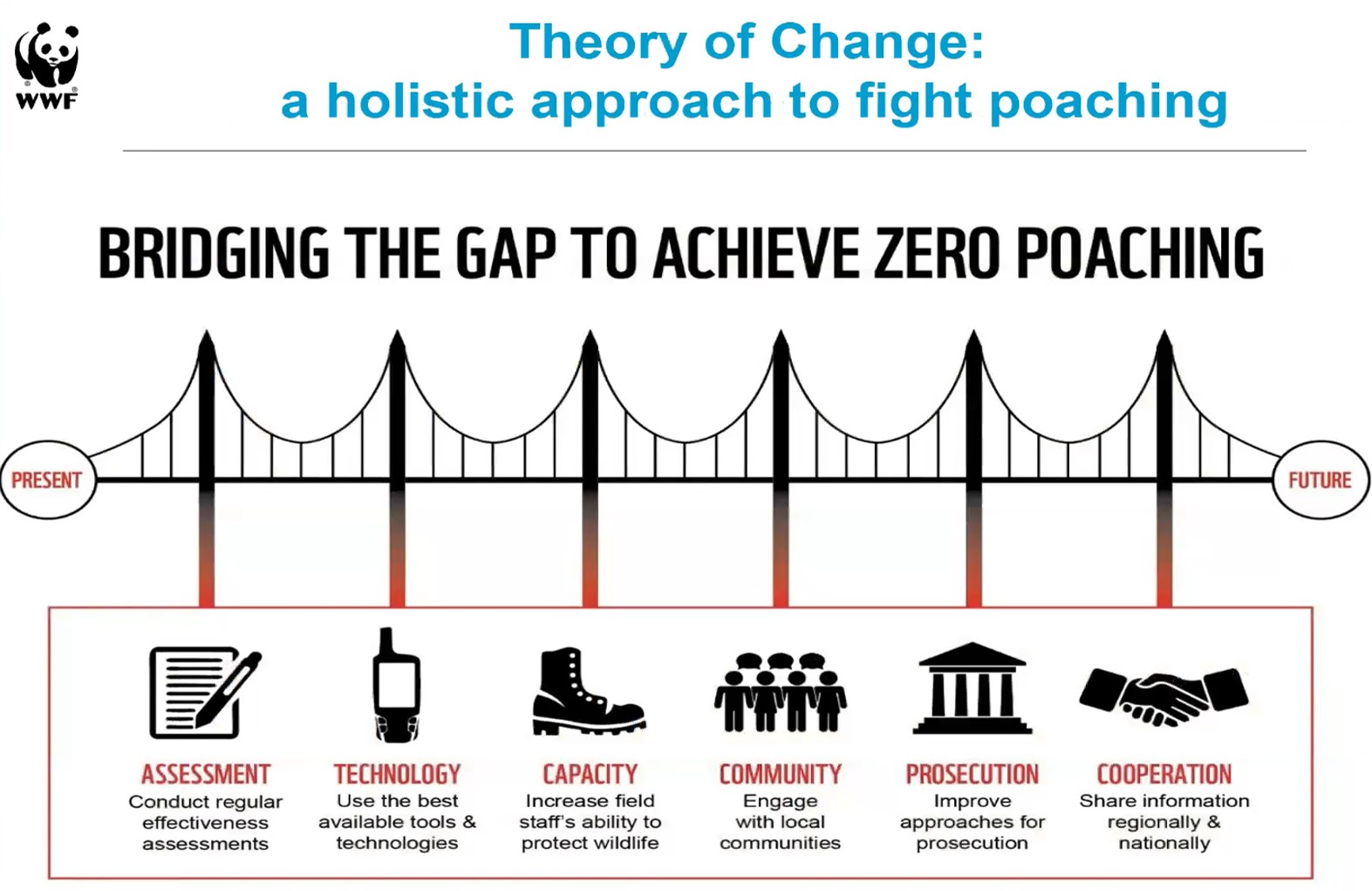 WWF has been working on piecemeal approaches to fight illegal wildlife crime such as providing technical and financial support to the wildlife agents to carryout patrols that does not adequately address the problem. The numerous challenges in fighting illegal wildlife crime, and the alarming number of animals being poached, necessitate a new kind of thinking to fight illegal wildlife crime. Further, there is still a significant high elephant population in the central Africa region that need protection. With this in mind, WWF is now shifting its approach in its anti-poaching and law enforcement efforts, from the current response to a more holistic approach. In this new way of working, WWF is working on holistic approach that involves working simultaneously on six pillars to realize zero poaching. These six pillars include: Assessment, Technology, Capacity, Community, Prosecution and Cooperation.
WWF has been working on piecemeal approaches to fight illegal wildlife crime such as providing technical and financial support to the wildlife agents to carryout patrols that does not adequately address the problem. The numerous challenges in fighting illegal wildlife crime, and the alarming number of animals being poached, necessitate a new kind of thinking to fight illegal wildlife crime. Further, there is still a significant high elephant population in the central Africa region that need protection. With this in mind, WWF is now shifting its approach in its anti-poaching and law enforcement efforts, from the current response to a more holistic approach. In this new way of working, WWF is working on holistic approach that involves working simultaneously on six pillars to realize zero poaching. These six pillars include: Assessment, Technology, Capacity, Community, Prosecution and Cooperation.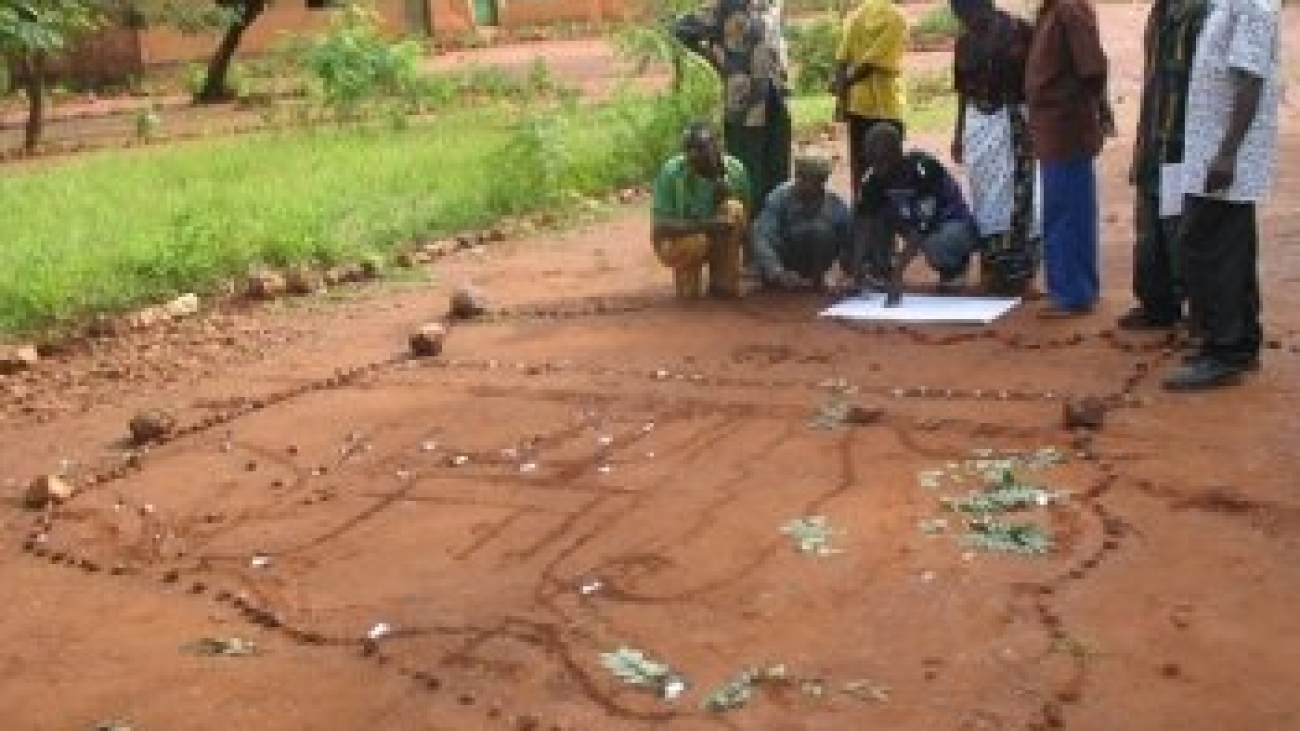
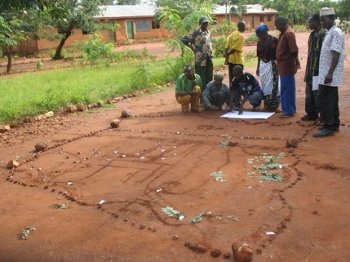 ‘Indigenous people and other rural communities inhabit more than 50 percent of the world’s land, across all continents except Antarctica. Their stewardship of Earth’s natural resources supports as many as 2.5 billion people with food, water, fuelwood and other life essentials. Less well-known, but also vitally important, is the role of community land in global efforts to avoid runaway climate change and achieve sustainable development. Of the 17 Sustainable Development Goals (SDGs) endorsed by the world’s governments, five directly address the role of land in securing humanity’s future, and three specifically call for securing community land rights. Sustainable land use, by providing a cost-effective way to sequester carbon dioxide, also offers huge climate benefits. It is no exaggeration that achieving both SDG 13 on climate action and national commitments under the Paris Agreement of the UN Framework Convention on Climate Change depends in large part on better land stewardship.
‘Indigenous people and other rural communities inhabit more than 50 percent of the world’s land, across all continents except Antarctica. Their stewardship of Earth’s natural resources supports as many as 2.5 billion people with food, water, fuelwood and other life essentials. Less well-known, but also vitally important, is the role of community land in global efforts to avoid runaway climate change and achieve sustainable development. Of the 17 Sustainable Development Goals (SDGs) endorsed by the world’s governments, five directly address the role of land in securing humanity’s future, and three specifically call for securing community land rights. Sustainable land use, by providing a cost-effective way to sequester carbon dioxide, also offers huge climate benefits. It is no exaggeration that achieving both SDG 13 on climate action and national commitments under the Paris Agreement of the UN Framework Convention on Climate Change depends in large part on better land stewardship.
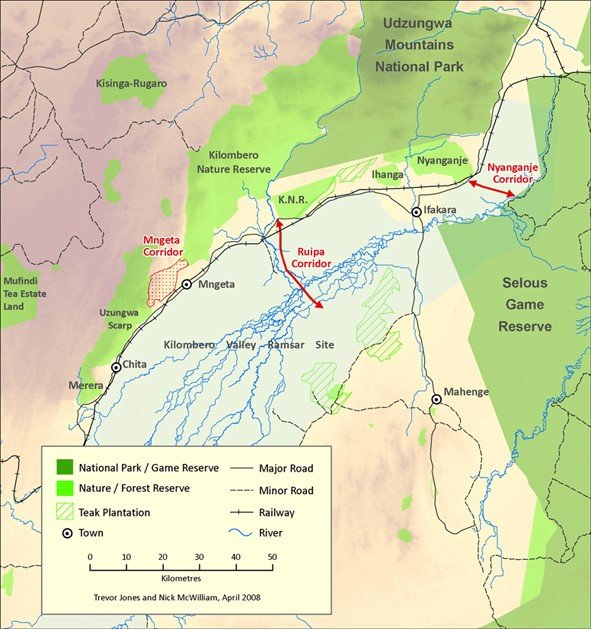 “The Kilombero Cluster supports a wide range of important global biological diversity and is regarded as an ecological bank with its abundant natural resources, including wetlands, wildlife, fertile soils, forests and water catchment areas. It inhabits the Kilombero Valley Flood Plain, a World Heritage site, which is one of Africa’s largest river basins joining the Great Ruaha, Rufiji and Luwegu rivers. Further, Kilombero Ramsar Site, Teak forests, Udzungwa Mountains National Parks, Selous Game Reserves, and Kilombero Game Controlled Area that serves as a wildlife corridor between the Selous Game Reserve and, Mikumi and Udzungwa National Parks, are also part of the Kilombero Cluster.
“The Kilombero Cluster supports a wide range of important global biological diversity and is regarded as an ecological bank with its abundant natural resources, including wetlands, wildlife, fertile soils, forests and water catchment areas. It inhabits the Kilombero Valley Flood Plain, a World Heritage site, which is one of Africa’s largest river basins joining the Great Ruaha, Rufiji and Luwegu rivers. Further, Kilombero Ramsar Site, Teak forests, Udzungwa Mountains National Parks, Selous Game Reserves, and Kilombero Game Controlled Area that serves as a wildlife corridor between the Selous Game Reserve and, Mikumi and Udzungwa National Parks, are also part of the Kilombero Cluster.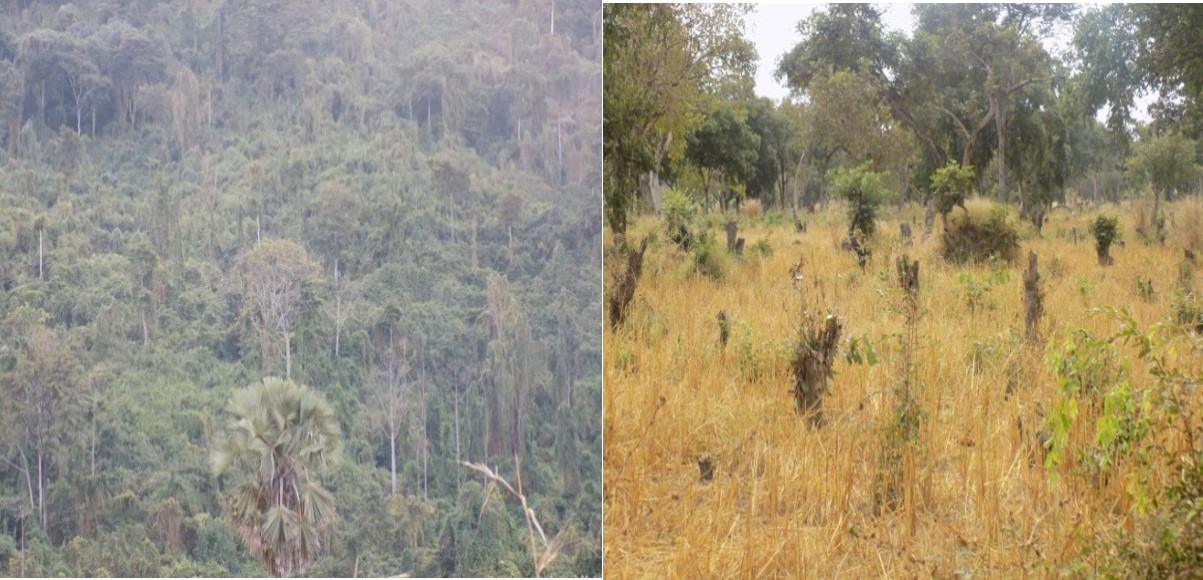
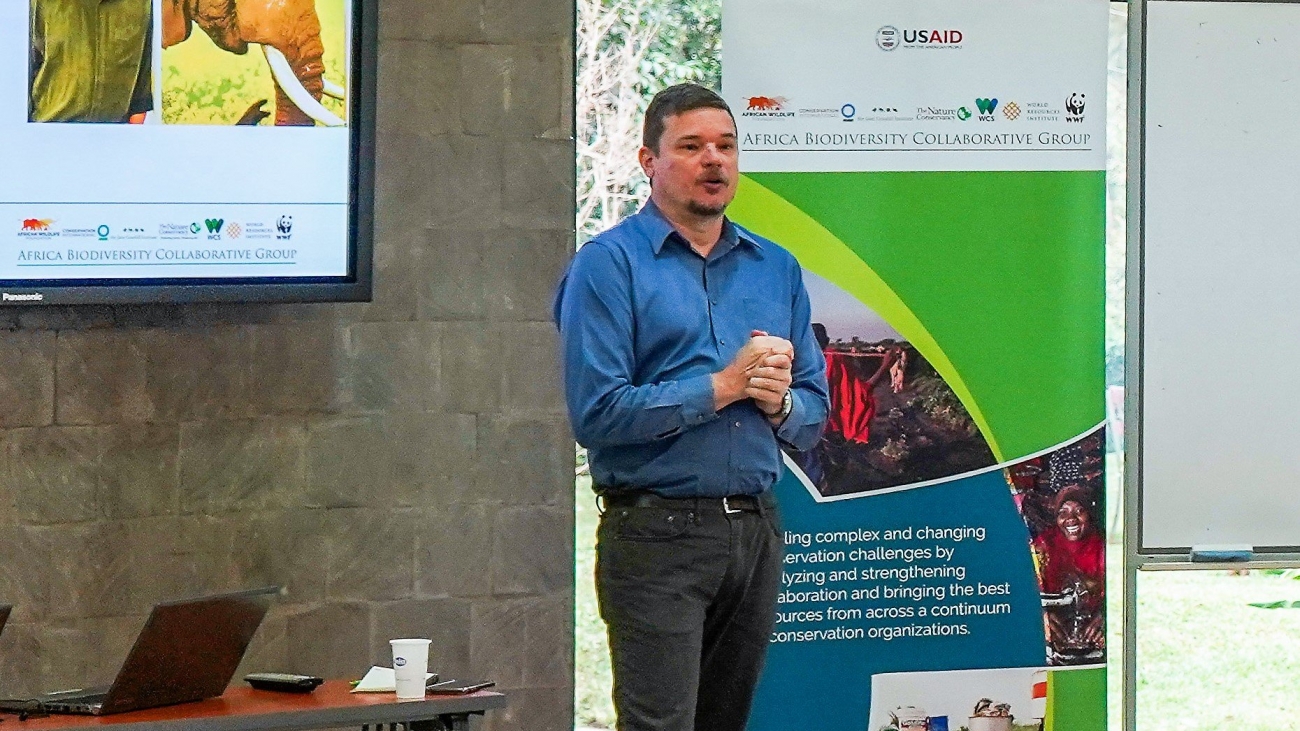
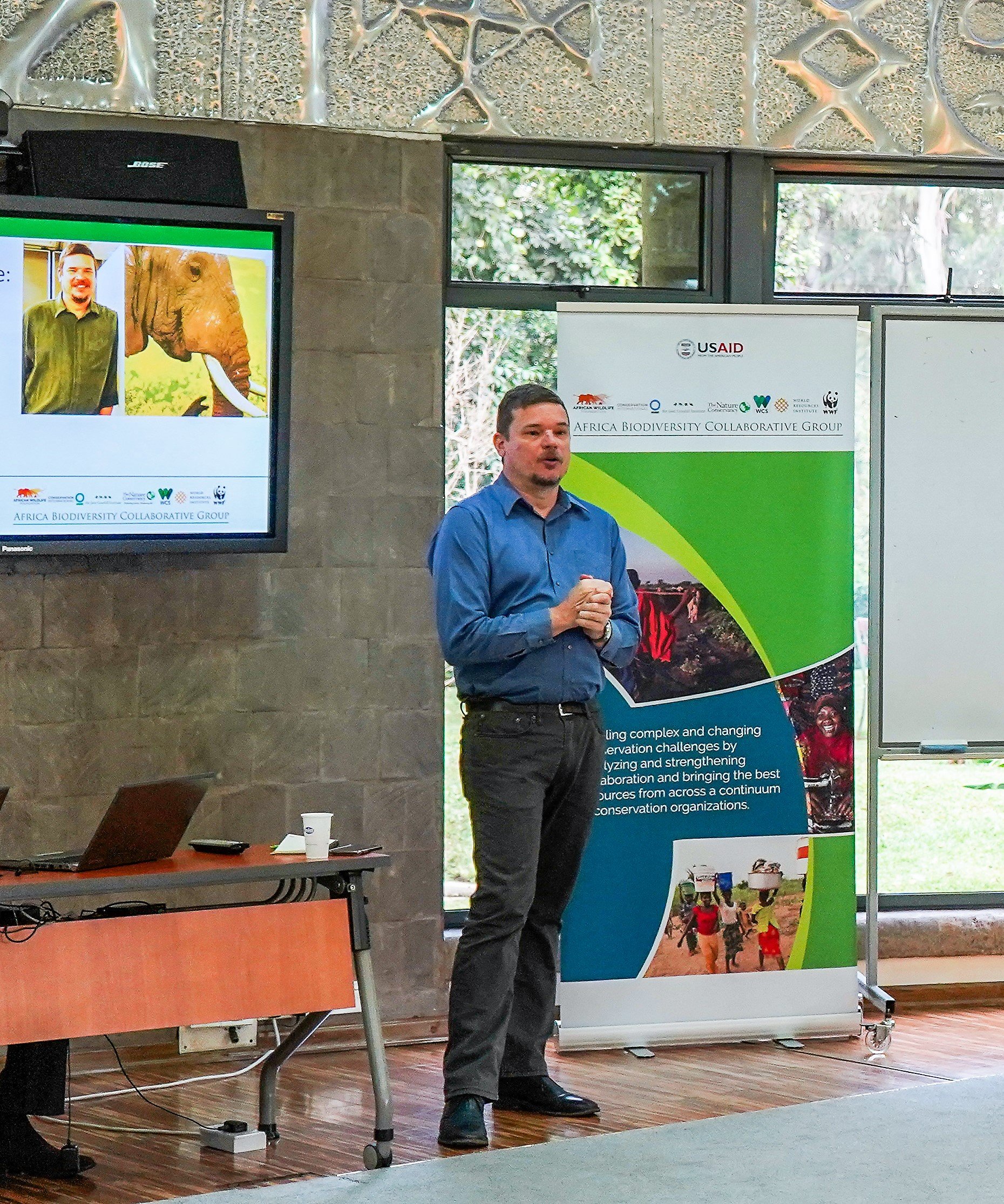 One key principle that Conservation International uses in their approach that Lewis shared during the presentation was the use of empathy. By using empathy in their work, they are able to relate to and address the numerous confounding factors that make coexistence between people and nature more of a dream than a reality in many places, especially in remote rural areas like northern Kenya. By being more in tune and understanding of the needs of the community, Conservation International applies a holistic approach to ensure that the community and wildlife exist in harmony.
One key principle that Conservation International uses in their approach that Lewis shared during the presentation was the use of empathy. By using empathy in their work, they are able to relate to and address the numerous confounding factors that make coexistence between people and nature more of a dream than a reality in many places, especially in remote rural areas like northern Kenya. By being more in tune and understanding of the needs of the community, Conservation International applies a holistic approach to ensure that the community and wildlife exist in harmony.